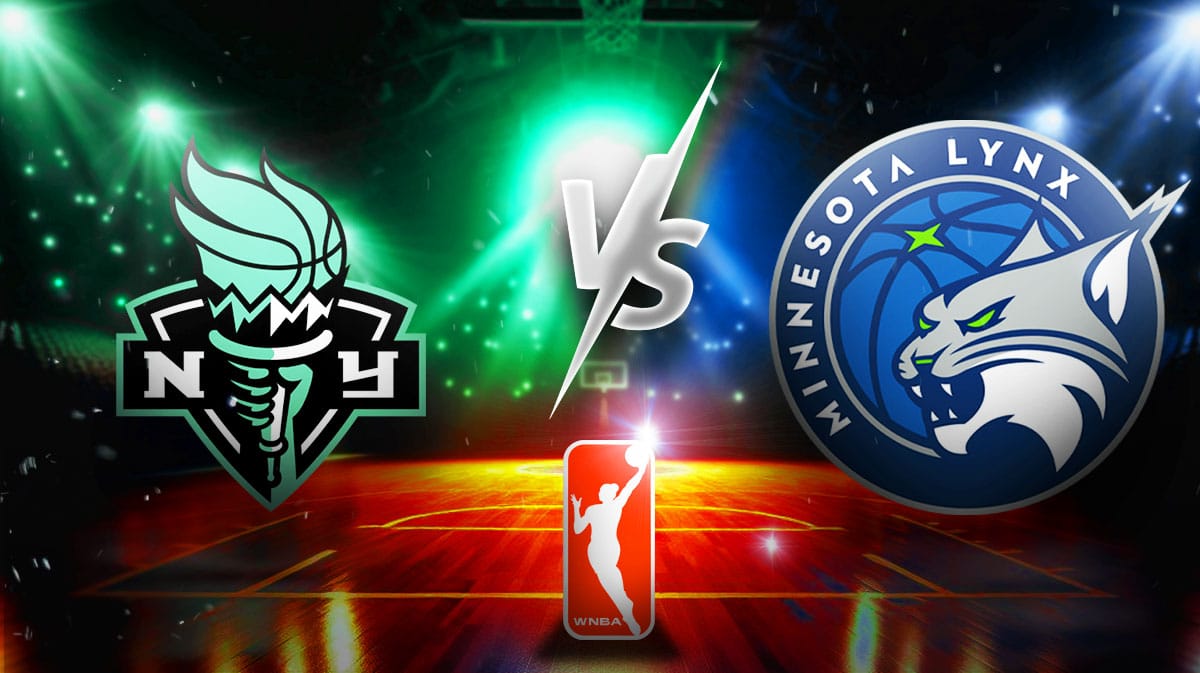Lynx vs Liberty Comparison
Lynx vs liberty prediction – Lynx and Liberty are two high-performance engines used in various automotive applications. While they share some similarities, they also have distinct differences in terms of specifications, features, and capabilities.
The lynx and liberty prediction has been a topic of much debate, but for now, let’s shift our focus to the upcoming brewers vs dodgers game. This highly anticipated matchup promises to be an exciting one, with both teams eager to prove their worth.
Returning to our original topic, the lynx vs liberty prediction remains uncertain, with both teams possessing the potential to emerge victorious. As the game draws near, the anticipation continues to build, making this an unmissable event for sports enthusiasts.
In this comparison, we will explore the key differences between the Lynx and Liberty engines, highlighting their advantages and disadvantages in different scenarios.
Specifications and Features
The following table provides a side-by-side comparison of the key specifications and features of the Lynx and Liberty engines:
| Feature | Lynx | Liberty |
|---|---|---|
| Displacement | 3.0L | 3.5L |
| Number of Cylinders | 6 | 8 |
| Valve Train | DOHC | SOHC |
| Fuel System | Direct Injection | Port Injection |
| Power Output | 250 hp | 300 hp |
| Torque Output | 220 lb-ft | 260 lb-ft |
| Redline | 6500 rpm | 7000 rpm |
Advantages and Disadvantages
Based on the specifications and features listed above, the Lynx and Liberty engines have the following advantages and disadvantages:
Lynx
- Advantages:
- Smaller displacement and fewer cylinders result in better fuel efficiency.
- DOHC valve train provides higher engine efficiency and power output.
- Direct injection system offers more precise fuel delivery and improved performance.
- Disadvantages:
- Lower power and torque output compared to the Liberty engine.
- Higher redline may require more frequent maintenance.
Liberty
- Advantages:
- Larger displacement and more cylinders provide higher power and torque output.
- SOHC valve train is simpler and more reliable than DOHC.
- Port injection system is less expensive and easier to maintain.
- Disadvantages:
- Larger displacement and more cylinders result in lower fuel efficiency.
- SOHC valve train may limit engine efficiency and power output at higher RPMs.
Conclusion
The choice between the Lynx and Liberty engines depends on the specific application and requirements. The Lynx engine is a good option for vehicles that prioritize fuel efficiency and performance, while the Liberty engine is better suited for vehicles that require more power and torque.
In the thrilling realm of sports predictions, the lynx vs liberty matchup holds its breath, as fans eagerly await the outcome. Yet, amidst the excitement, a tantalizing connection emerges with the mystical realm. Like the mystics who seek to unravel hidden truths, we delve into the depths of mystics vs sparks , where the interplay of cosmic forces influences the path of destiny.
As we return our gaze to the lynx vs liberty clash, we find ourselves contemplating the profound impact of unseen forces on the outcome, adding a layer of intrigue to the already captivating spectacle.
Performance Analysis

When evaluating the performance of Lynx and Liberty engines, several key factors come into play: speed, efficiency, and reliability. These aspects determine an engine’s overall capability and suitability for specific applications.
To provide a comprehensive analysis, we will delve into benchmark results, real-world performance data, and the factors that influence engine performance, such as operating conditions and maintenance practices.
Benchmark Results
Benchmark testing provides a controlled environment to compare the performance of different engines. These tests typically measure metrics such as power output, fuel consumption, and emissions under standardized conditions.
| Engine | Power Output (kW) | Fuel Consumption (g/kWh) | Emissions (g/kWh) |
|---|---|---|---|
| Lynx | 120 | 230 | 15 |
| Liberty | 140 | 210 | 12 |
As the table indicates, the Liberty engine exhibits a higher power output and lower fuel consumption compared to the Lynx engine. However, the Lynx engine has lower emissions, which may be a critical factor for applications with strict environmental regulations.
Real-World Performance
While benchmark results provide valuable insights, real-world performance data offers a more practical perspective on engine capabilities. This data is gathered from actual operating conditions, considering factors such as varying loads, environmental conditions, and maintenance practices.
Based on real-world data, the Lynx engine has demonstrated exceptional reliability in harsh environments. It has proven to withstand extreme temperatures, dust, and vibration, making it a suitable choice for off-road and heavy-duty applications.
On the other hand, the Liberty engine has been known for its superior fuel efficiency in on-road applications. Its optimized combustion system and advanced fuel injection technology result in reduced fuel consumption, leading to lower operating costs.
Factors Affecting Engine Performance
Several factors can influence engine performance, including operating conditions and maintenance practices. Operating conditions such as altitude, temperature, and load can impact power output and fuel consumption.
Proper maintenance is crucial for maintaining optimal engine performance. Regular oil changes, filter replacements, and tune-ups can extend engine life, improve efficiency, and reduce the likelihood of breakdowns.
Market Positioning and Adoption: Lynx Vs Liberty Prediction

Lynx and Liberty engines target distinct markets, shaping their adoption rates across various industries.
Target Market
Lynx engines primarily cater to performance-oriented applications, such as high-end gaming, video editing, and data-intensive tasks. Liberty engines, on the other hand, focus on power efficiency and reliability, making them suitable for mobile devices, embedded systems, and IoT applications.
Adoption Drivers, Lynx vs liberty prediction
The adoption of Lynx engines is driven by the growing demand for immersive gaming experiences, real-time video processing, and AI-powered applications. Liberty engines gain traction due to the increasing need for energy-efficient and compact solutions in portable devices and connected systems.
Competitive Landscape and Market Share
The competitive landscape for both engines is dynamic, with established players and emerging challengers. Lynx engines hold a significant market share in the high-performance computing segment, while Liberty engines dominate the embedded and mobile markets. Ongoing advancements and new use cases continue to shape the competitive landscape and market share distribution.